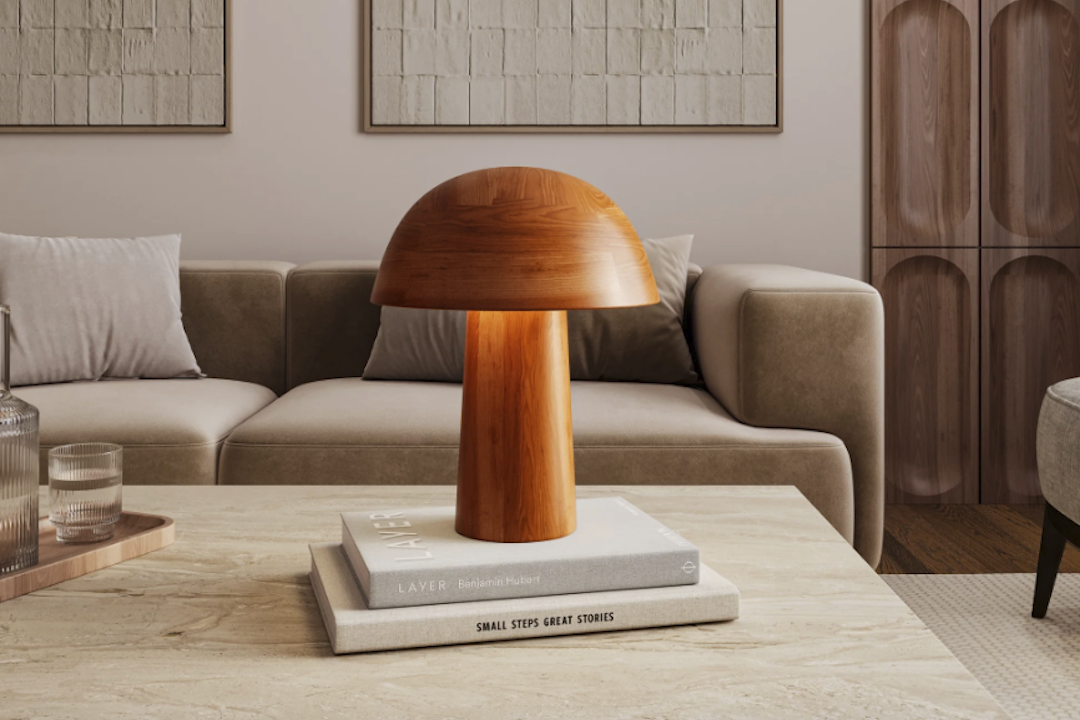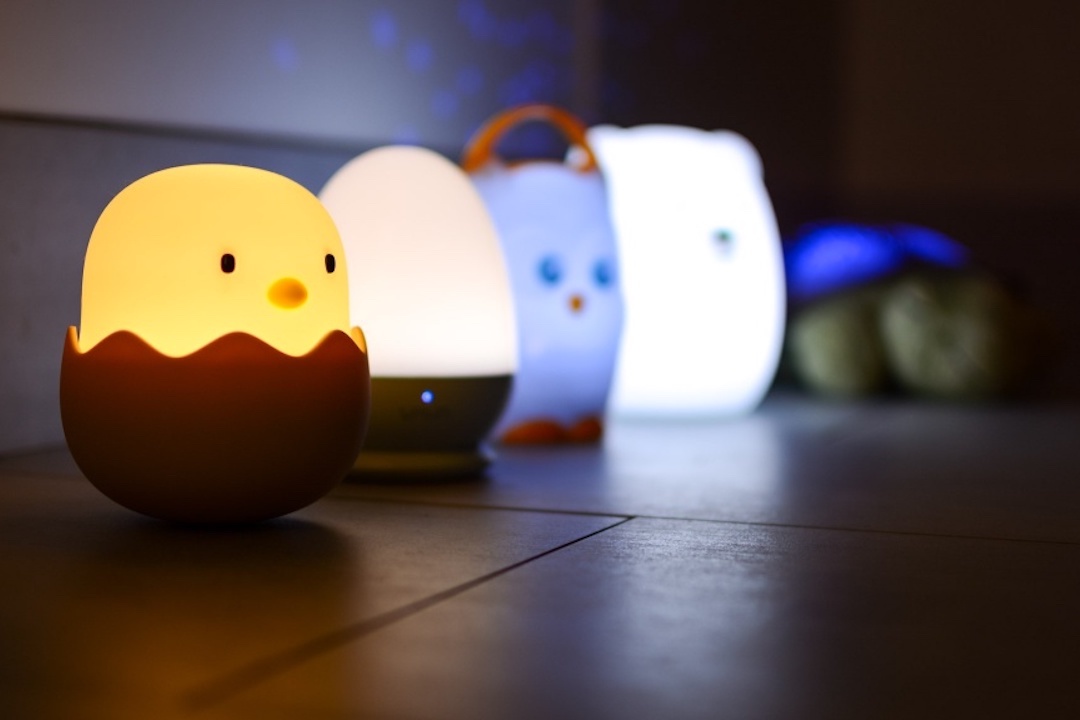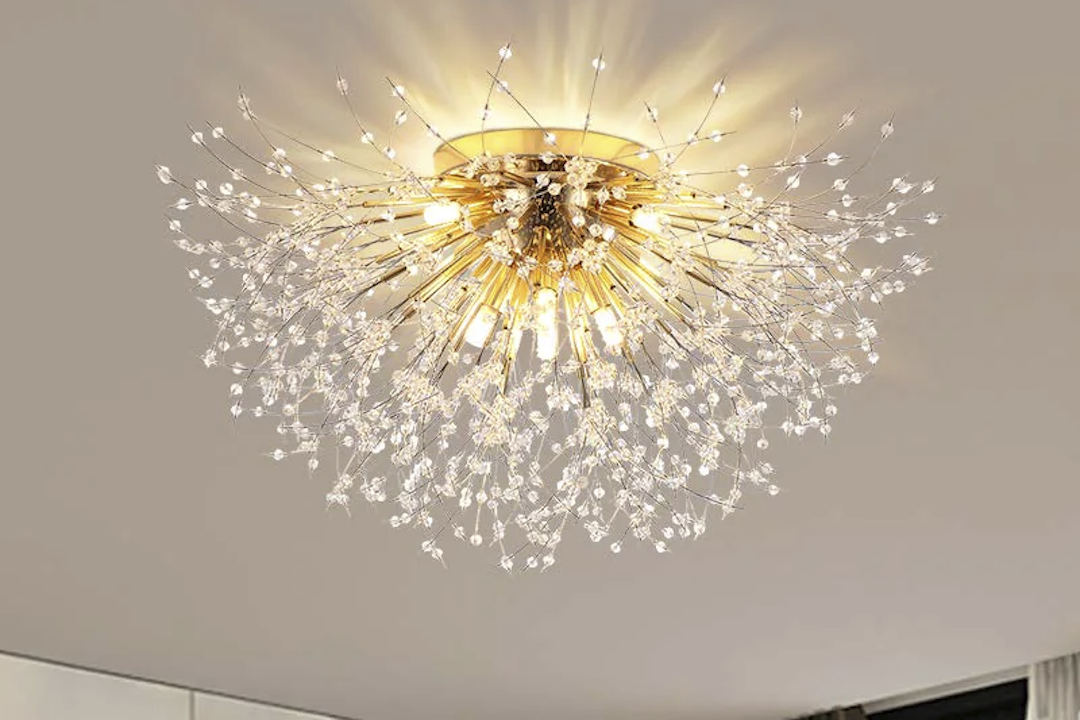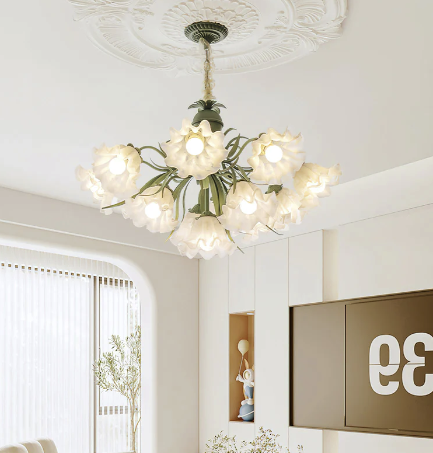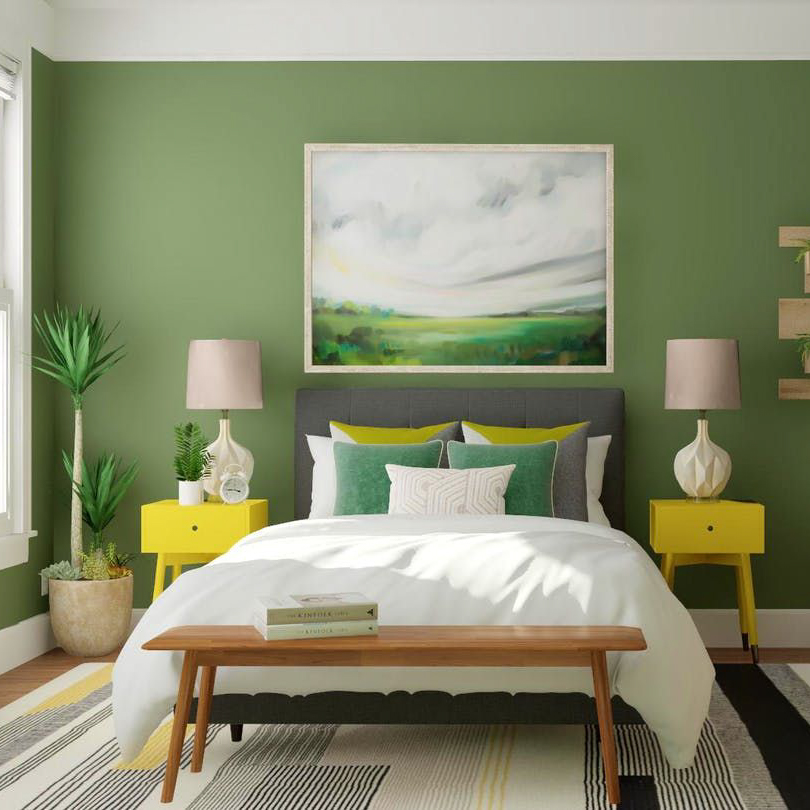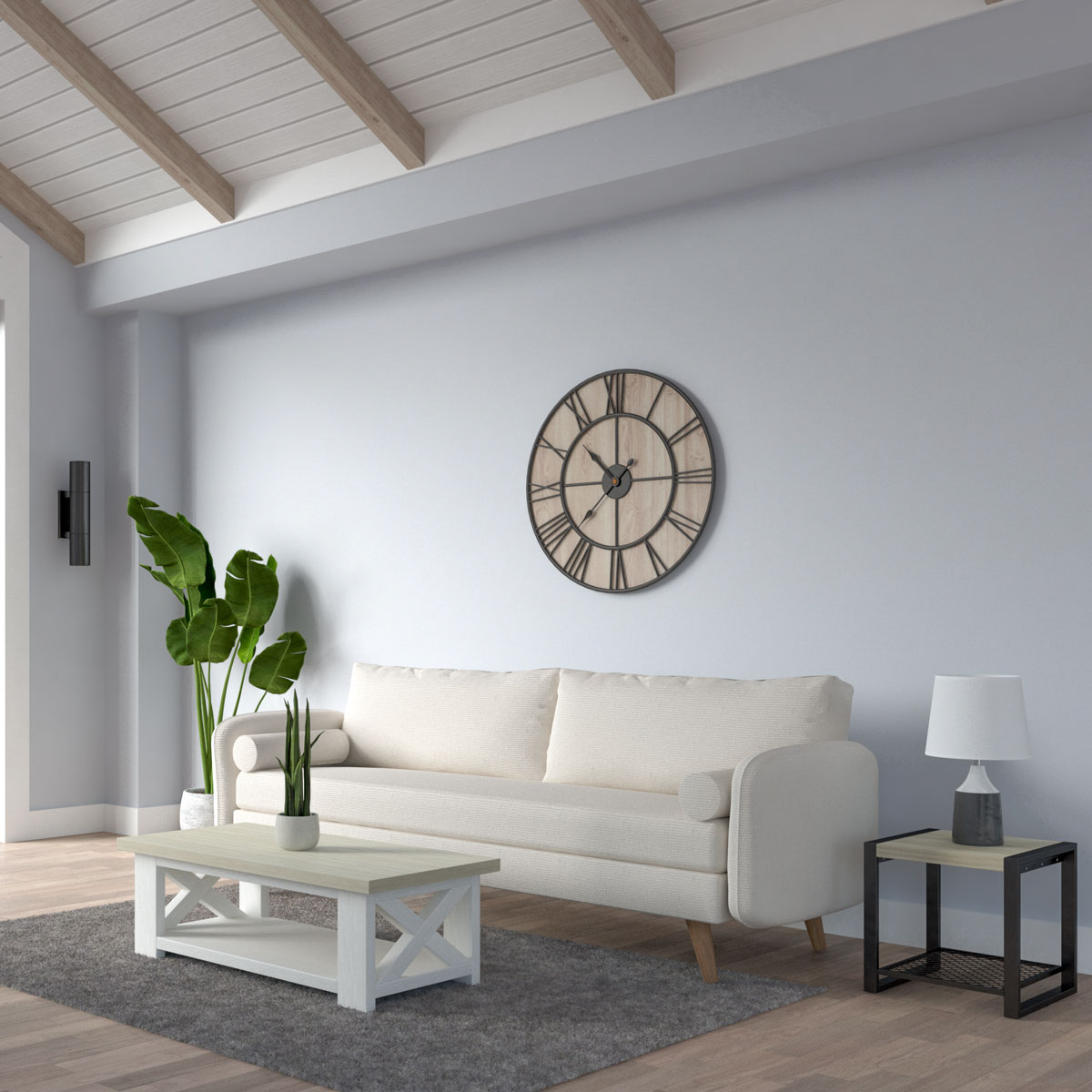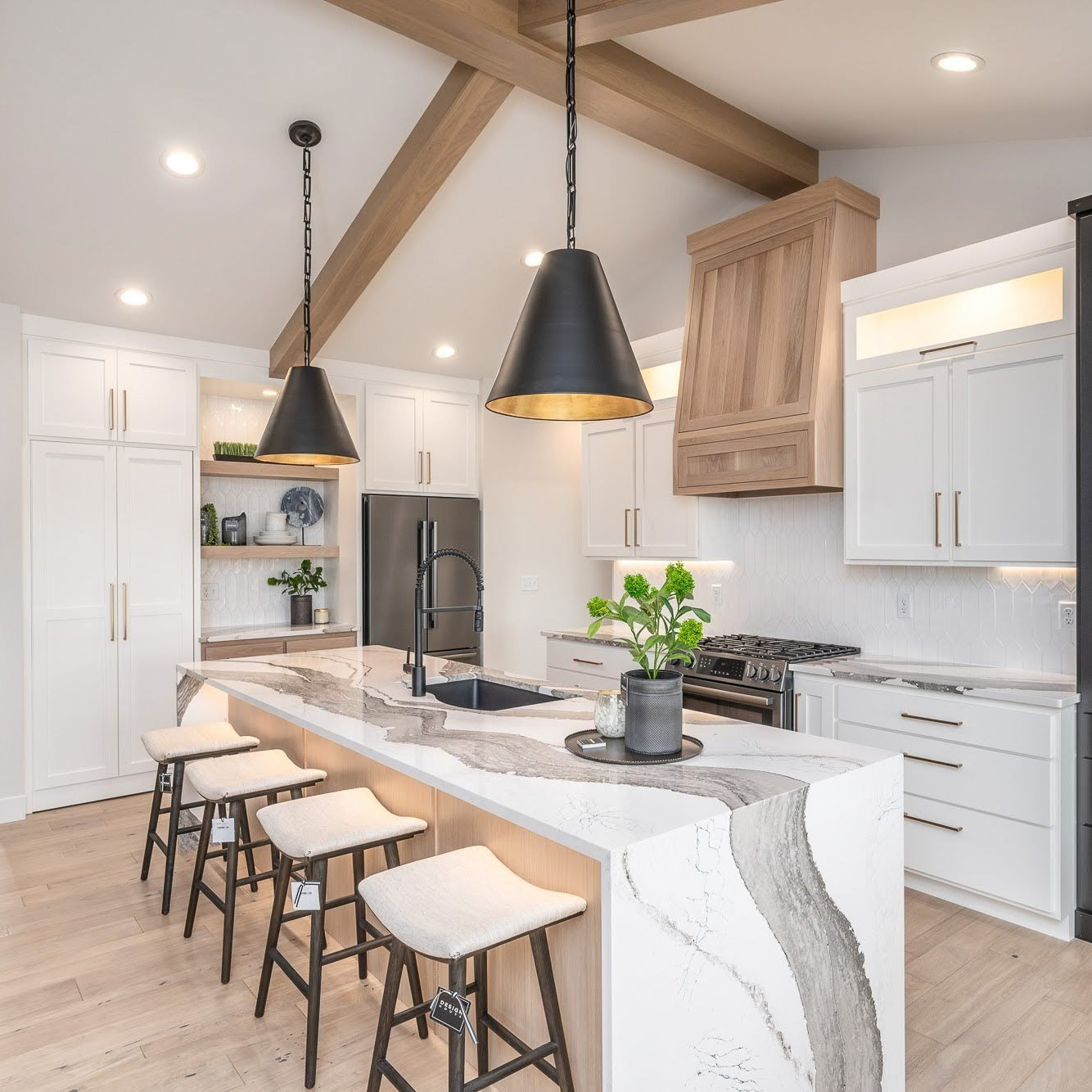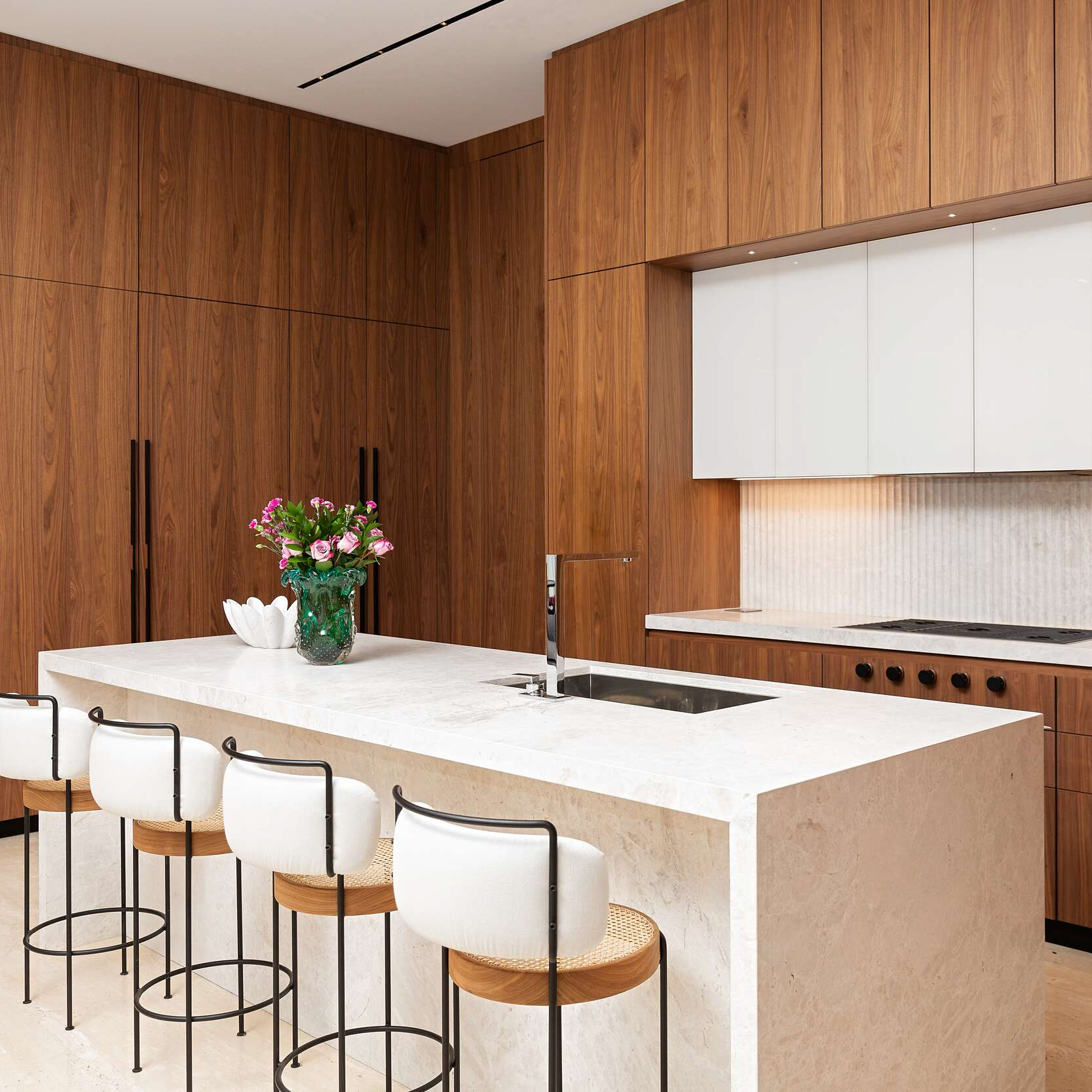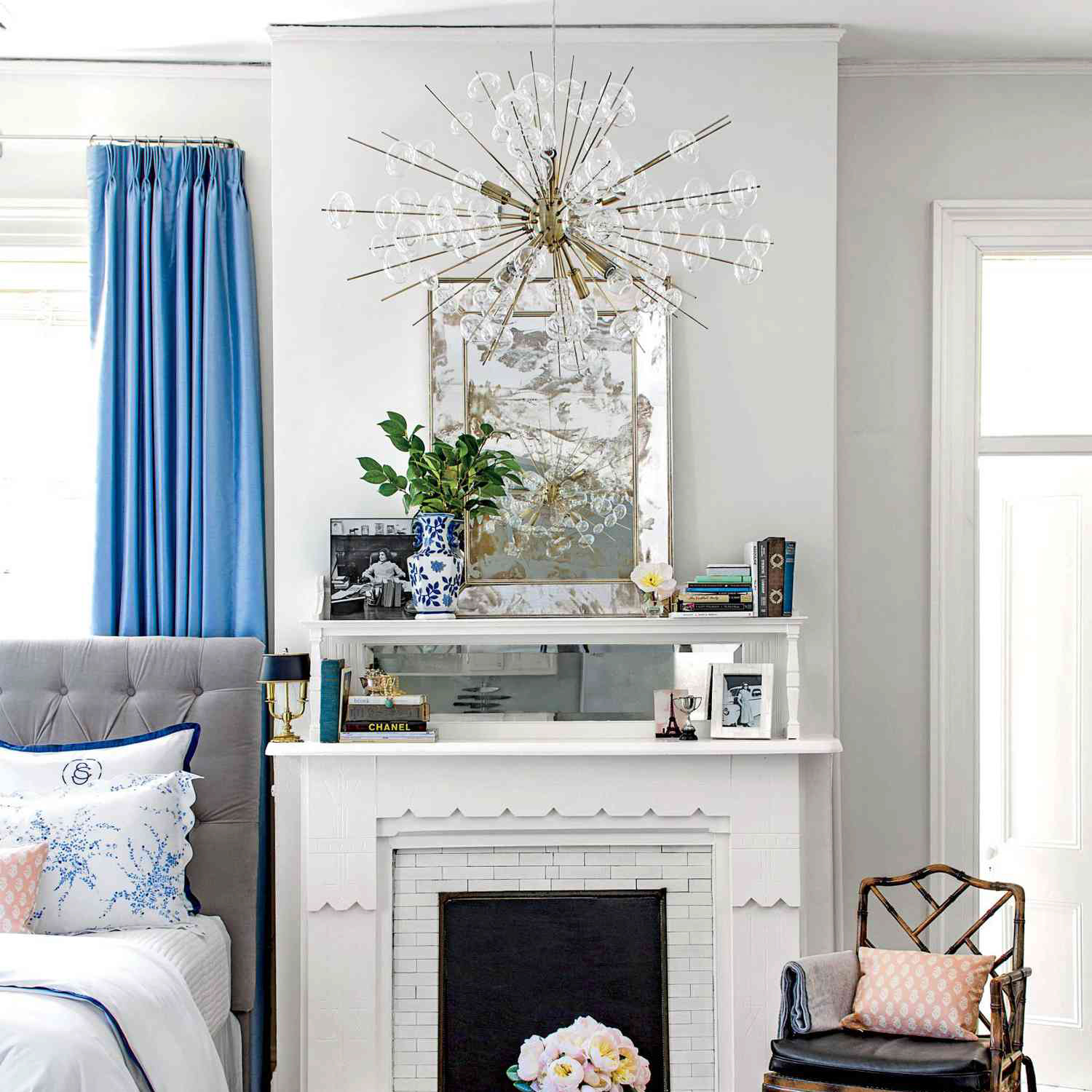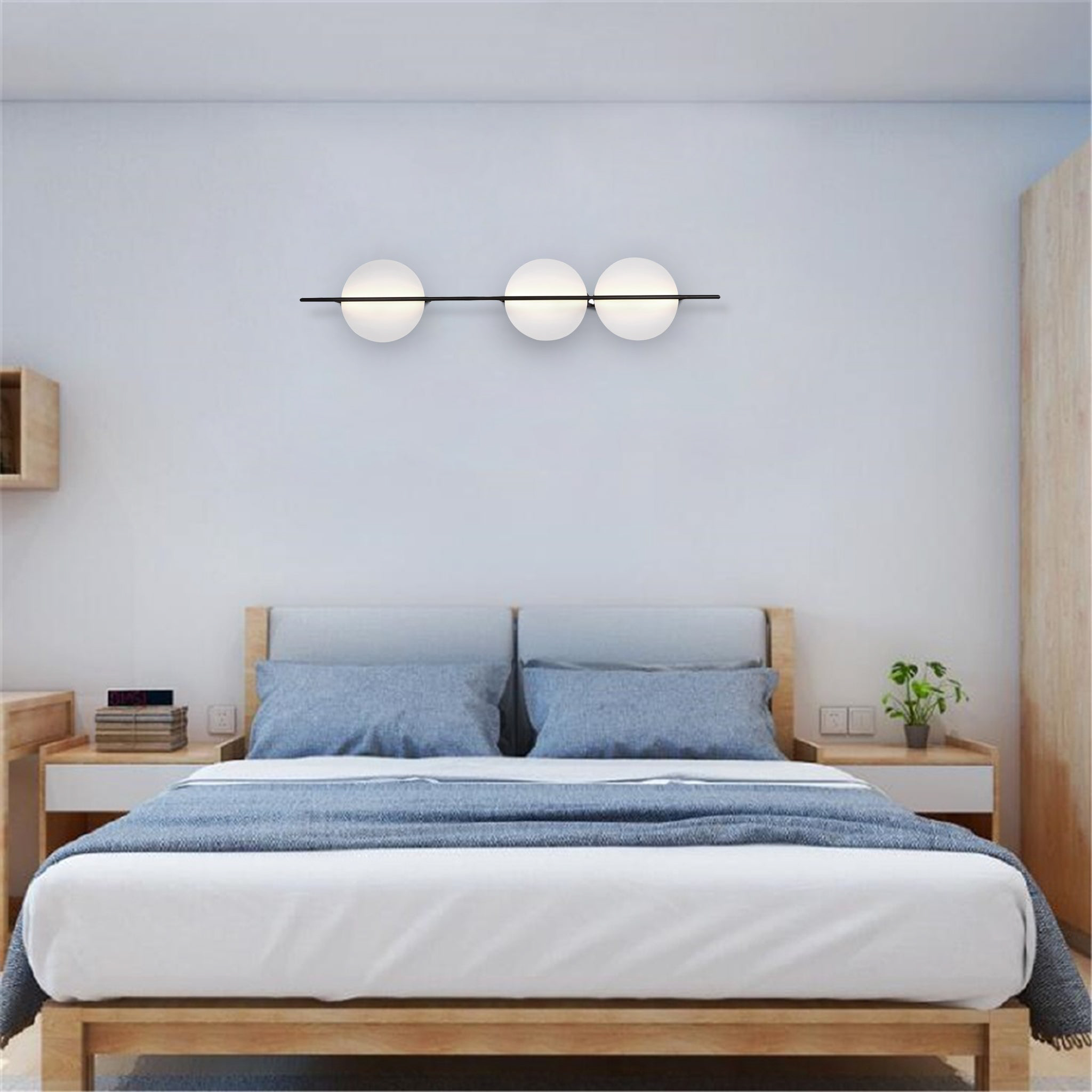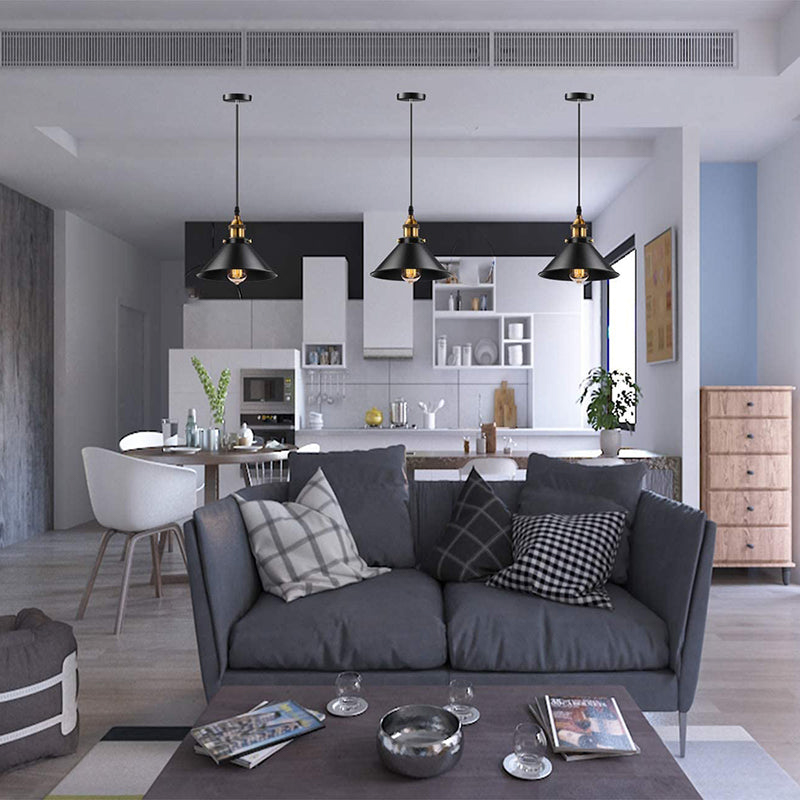Ceiling light fixtures are an essential element of any home or business, providing both functional and decorative benefits. While traditional ceiling fixtures are fixed in place, adjustable ceiling light fixtures offer a range of benefits that are worth exploring. In this article, we will discuss the advantages of adjustable ceiling light fixtures and provide some tips for choosing the right one for your space.
The Importance of Ceiling Light Fixtures
Ceiling light fixtures are not just a matter of aesthetic appeal. They serve several important functions, including:
- Providing general illumination to a space
- Highlighting specific areas or features of a room
- Creating ambiance and mood in a room
When choosing a ceiling light fixture, it’s important to consider the type of light it produces, the wattage, and the size and style of the fixture itself. But even with all of these factors in mind, traditional ceiling fixtures can still be limiting in terms of where and how they can be used.
The Benefits of Adjustable Ceiling Light Fixtures
Adjustable ceiling light fixtures allow for customization of the lighting in a space, giving you more control over how your space is illuminated. Here are a few of the key benefits of adjustable ceiling light fixtures:
Targeted Lighting
Adjustable ceiling light fixtures can be aimed at specific spots or areas in a room, providing targeted lighting where you need it most. This can be especially beneficial in rooms where different activities take place, such as a kitchen or home office. In these spaces, you may need bright light in certain areas for tasks such as cooking or reading, but want to maintain a more relaxed atmosphere in other areas of the room.
Flexibility
Adjustable ceiling light fixtures are also much more flexible in terms of placement. Traditional ceiling lights are fixed in place and cannot be repositioned without major rewiring or installation. Adjustable fixtures, on the other hand, can be installed in more versatile locations, such as over a counter or workbench where you need direct light, or in a corner to highlight a piece of artwork.
Energy Efficiency
In addition to their functional benefits, adjustable ceiling light fixtures can also be more energy efficient than traditional fixtures. By targeting light where you need it most, you can minimize the amount of wasted light and reduce your overall energy consumption. Additionally, many adjustable fixtures are designed to be dimmable, allowing you to adjust the brightness of the light as needed.
Choosing the Right Adjustable Ceiling Light Fixture
When selecting an adjustable ceiling light fixture, there are a few key factors to consider:
The Type of Fixture
There are a variety of adjustable ceiling light fixtures to choose from, including track lighting, recessed lighting, and pendant lighting. Each type of fixture has its own strengths and weaknesses, so consider the specific needs of your space and the style you are looking for when making your selection.
The Size of the Fixture
The size of the fixture is important both for aesthetic purposes and for ensuring that the fixture is proportional to the size of the room. A fixture that is too small can look insignificant and fail to provide adequate lighting, while a fixture that is too large can be overwhelming and overpower the rest of the room.
The Wattage and Type of Bulb
Finally, it’s important to consider the wattage and type of bulb that the fixture uses. LED bulbs are a popular choice for adjustable ceiling light fixtures due to their energy efficiency and long lifespan, but other types of bulbs, such as halogen or CFL, may be appropriate depending on the specific needs of your space.
Overall, adjustable ceiling light fixtures offer a range of benefits that make them worth considering for your home or business. By providing targeted lighting where you need it most, increasing flexibility in placement, and improving energy efficiency, an adjustable fixture can help you create a more comfortable and attractive space. When selecting an adjustable ceiling light fixture, consider the type of fixture, the size, and the wattage and type of bulb to ensure that you choose the right one for your needs.

